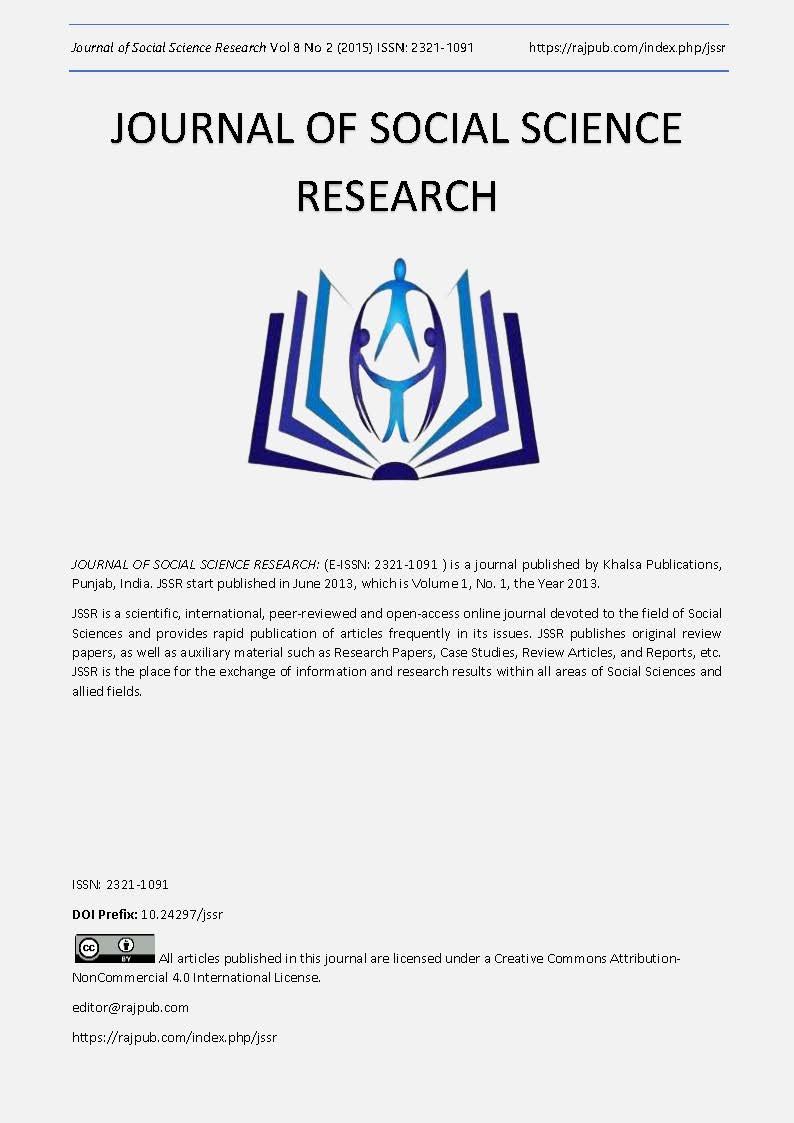The Effect of Weight Training with Fast and Slow Rhythm Movement towards Strength Enhancement
DOI:
https://doi.org/10.24297/jssr.v8i2.3737Keywords:
The Effect of Weight Training with Fast and Slow Rhythm Movement towards Strength EnhancementAbstract
Kamal Firdaus, 2012. The Effect of Weight Training with Fast and Slow Rhythm Movement towards Strength Enhancement. Strength is the most important physical conditions in doing various activities, either daily activities or sports activities. One can not do much when there is no power. In the world of sports, generally the elements of power play a fairly important. In addition for those those truly need a power such as heavy weight, wrestling, boxing and other sports branches. The achievements competitiveness in sports happens because there are so many prizes and bonuses which are promised when somebody becomes a champion, it makes people strive to improve their performance in many ways in terms of strength. One of the efforts is from physical exercises. Physical exercise to increase strength is by lifting weights. The impact of other forms of weight training can be done to increase the strength. In this research, the writer would only look at the effect of weight training with a fast beat and slow rhythm towards the rate of strength enhancement. As for those who tried to be included in the study were derived from the population of boys grade I and II of SMA Negeri 3 Padang. From the total of the population, the writer randomized as many as 40 people as a sample. After these two groups underwent the initial tests, then the writer tried to divide them into 2 groups again, with each group consisting of 20 people. Before the treatment was conducted, some boys were given out the trial tests. This initial test was conducted to determine the level of initial strength owned by sample and tried to divide people into two homogeneous groups. After the sample had done the initial tests and had been divided into two groups, then for group I was given the weight training treatment with fast rhythm, while the second group was given the treatment of weight training with a slow rhythm. Treatment was given for 2 months with the practice intensity was 3 times per week. After the sample tried to complete their training program, then do another test (final test). This second test functions to see how much the influence of the treatment given by the trainer comparing to the results of preliminary tests. From the data analysis, it can be seen that;
- Weight training with fast rhythm movement can enhance the strength significantly . It is based on P <0.05 or value tO> from t table.
- Weight training with slow motion rhythm can enhance the strength significantly It is based on P <0.05 or value tO> of the t table.
There were no differences in strength enhancement by conducting the treatment of weight training with fast rhythm and slow rhythm. It is proved that P> 0.05 or value tO < of t table.
Downloads
Downloads
Additional Files
Published
How to Cite
Issue
Section
License
 All articles published in Journal of Advances in Linguistics are licensed under a Creative Commons Attribution 4.0 International License.
All articles published in Journal of Advances in Linguistics are licensed under a Creative Commons Attribution 4.0 International License.




